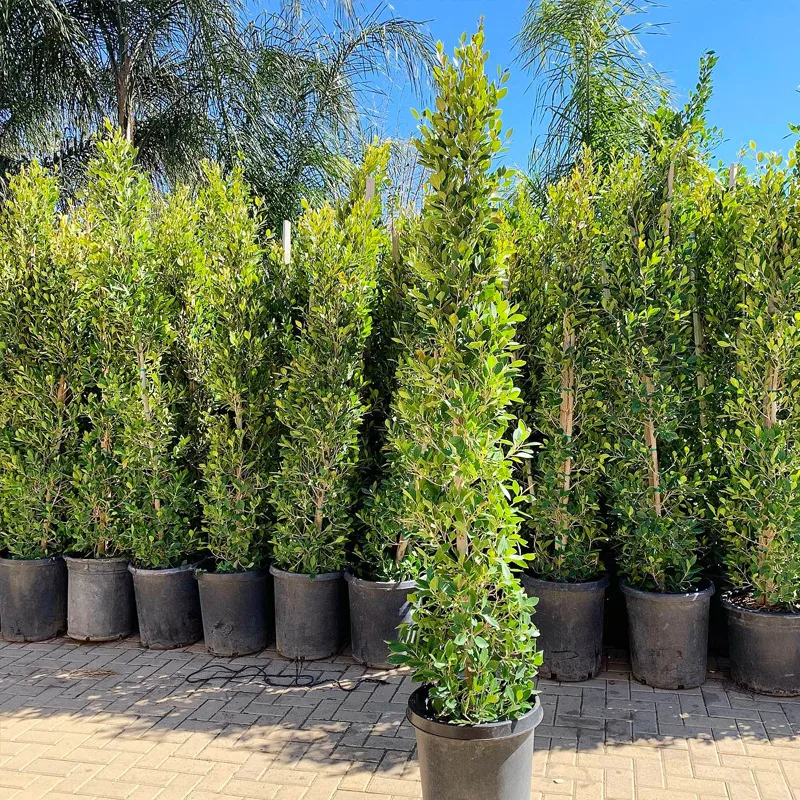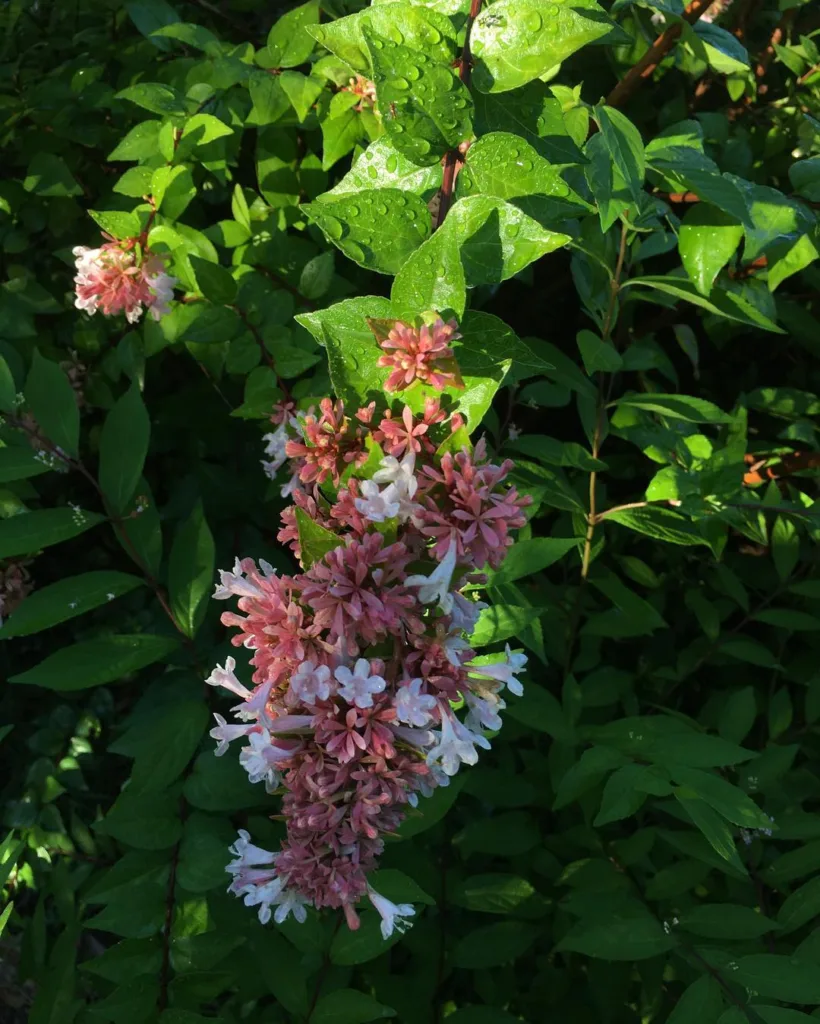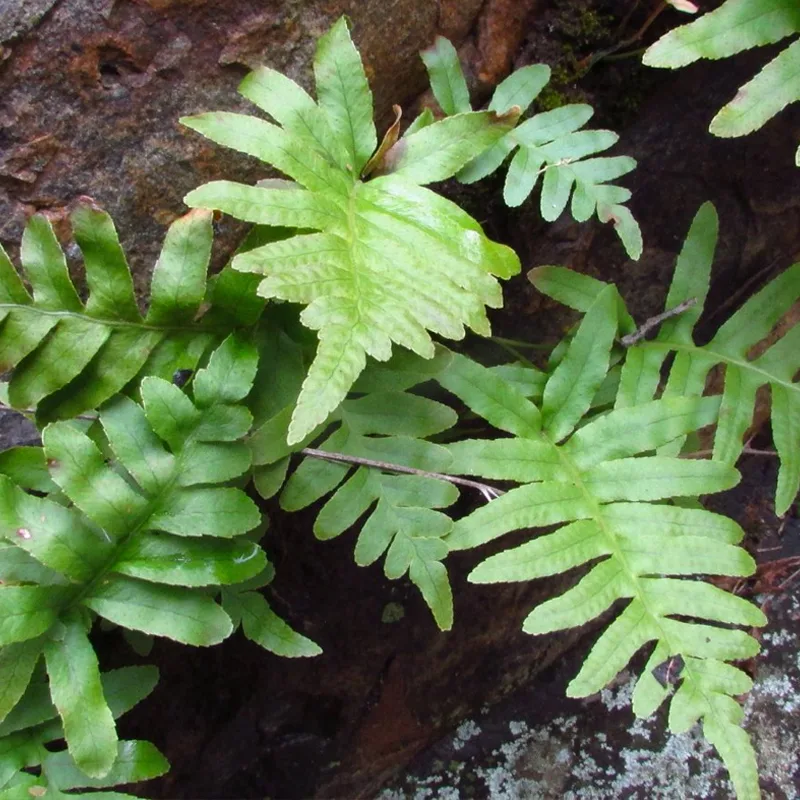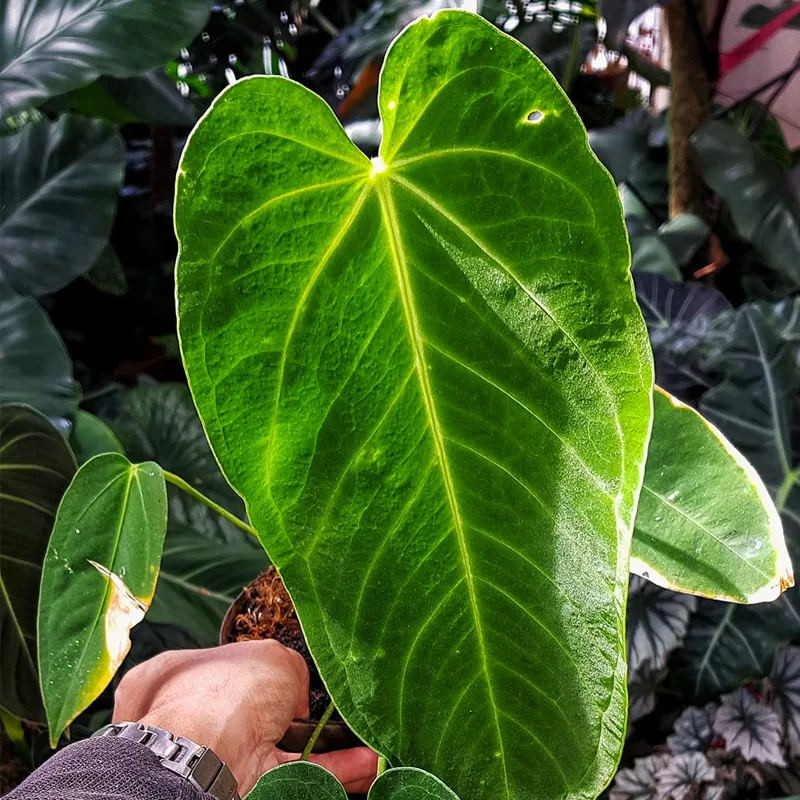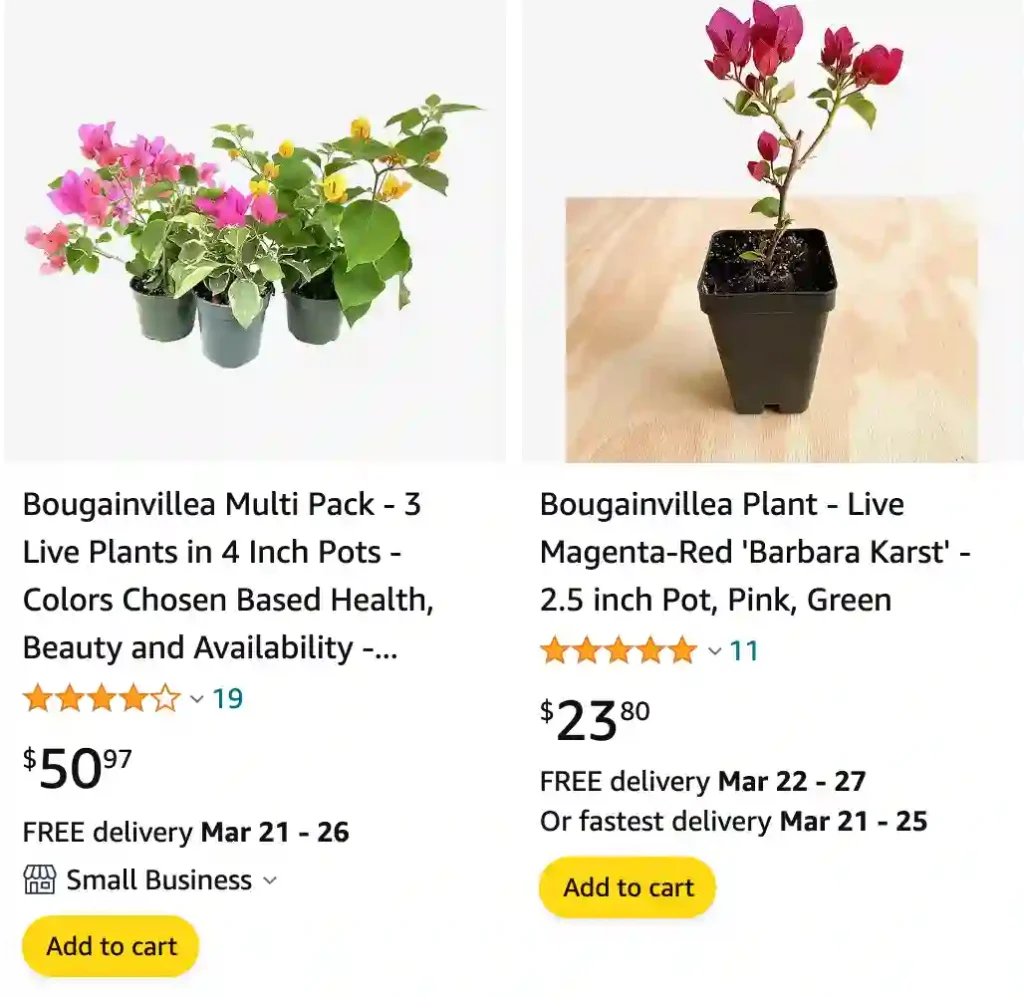
Do Bougainvillea need a trellis?
Bougainvillea can grow without a trellis, but a Bougainvillea trellis or other support structure is highly recommended for several reasons:
17 Species in Genus Bougainvillea
- Growth habit: Bougainvillea are vining plants and will naturally sprawl or climb if they have something to hold onto. Without support, they can become leggy, tangled, and less visually appealing.
- Flowering: Bougainvillea flower best on new growth. When allowed to sprawl, they tend to put their energy into growing long, unproductive vines. A trellis encourages them to grow vertically, concentrating their energy on producing blooms on the new vertical growth.
- Aesthetics: A trellis or other support structure can help you create a more attractive display of your bougainvillea. You can train the vines to grow in a specific way, such as up a wall, over an archway, or cascading from a hanging basket.
- Maintenance: A well-trained bougainvillea on a trellis is easier to maintain. It allows for better air circulation around the plant, which can help prevent fungal diseases. Pruning and trimming are also simplified when the bougainvillea has a structure to climb on.
Overall, while not strictly necessary for survival, a trellis or other support is highly beneficial for encouraging bushier growth, promoting abundant flowering, and creating a more aesthetically pleasing bougainvillea display.
Here are some alternatives to a trellis if you don’t want one:
- Wall: You can train the bougainvillea to grow up a wall using hooks or wires.
- Fence: Similar to a wall, you can train the bougainvillea to grow on a fence.
- Hanging basket: For a cascading effect, you can plant bougainvillea in a hanging basket and allow the vines to trail down.
No matter which method you choose, providing some kind of support will help your bougainvillea thrive and reach its full flowering potential.
How to make a Bougainvillea trellis?
Here’s how to make a Bougainvillea trellis:
Materials:
- Posts: Choose sturdy posts made from weather-resistant materials like pressure-treated wood, metal, or PVC piping. The length of the posts will depend on your desired trellis height. For bougainvillea, a height of 6-8 feet (1.8-2.4 meters) is a good starting point. You’ll need at least 2 posts.
- Crossbars: Select pieces of the same material as your posts for the horizontal supports that the bougainvillea will climb on. These can be shorter than the posts.
- Zip ties or fasteners: For attaching the crossbars to the posts.
- Optional: Hardware cloth or chicken wire (mesh wire fencing) can be used to create a climbing surface for the bougainvillea. This is optional, but it can provide additional support for the vines, especially if the crossbars are far apart.
- Concrete mix (if using wooden posts): For securing the posts in the ground if you’re not using pre-made posts with pointed ends for burying directly.
- Shovel (if using wooden posts and concrete mix): For digging holes for the posts.
- Level (optional): To ensure your posts are straight.
- Saw (if needed): To cut your crossbars to size.
- Safety glasses and gloves: Wear these for protection while working with tools and materials.
Steps:
- Plan the size and location of your trellis. Consider the mature size of your bougainvillea and how much space you want it to cover. Ensure the location receives sufficient sunlight for bougainvillea to thrive (ideally full sun).
- Prepare the posts:
- Wooden posts: If using wooden posts, cut them to your desired length and apply a sealant or paint suitable for outdoor use to protect them from the elements.
- Metal or PVC posts: These might already be pre-treated and ready to use.
- Dig holes (if using wooden posts): Dig holes for the posts to a depth of about 1/3 of their total length. Ensure the holes are deep enough to secure the trellis sturdily.
- Position the posts: Place the posts in the holes and ensure they are plumb (straight up and down) using a level. Fill the holes back in with soil, tamping it down firmly to secure the posts.
- Prepare the crossbars: Cut your crossbars to size if needed. They should be shorter than the length between the posts.
- Attach the crossbars: Secure the crossbars horizontally between the posts at even intervals. You can use zip ties for lightweight trellises or sturdier fasteners like screws or bolts for heavier-duty structures.
- Optional: Attach hardware cloth (mesh wire fencing): If desired, secure the hardware cloth to the trellis frame using zip ties or staples. This provides additional climbing surfaces for your bougainvillea.
- (Optional for wooden posts): Mix and pour concrete according to the manufacturer’s instructions around the base of each post to further secure them in the ground, especially if your soil is loose.
- Place your bougainvillea: Position your bougainvillea plant near the base of the trellis. As the plant grows, gently train the vines to climb the trellis structure using twine or twist ties if needed.
Additional Tips:
- You can create various trellis designs to suit your taste and garden space. Square or rectangular trellises are common, but you can also create arched trellises or other more elaborate designs.
- For larger trellises, consider adding diagonal supports for extra stability.
- If you’re not comfortable building your own trellis, you can purchase pre-made trellis options from most garden centers.
By following these steps, you can create a sturdy and attractive trellis for your Bougainvillea. Remember to choose weather-resistant materials for the frame, secure the posts properly, and train your bougainvillea to climb the structure as it grows. This will encourage beautiful blooms and create a visually appealing focal point in your garden.
If i die, water my plants!
